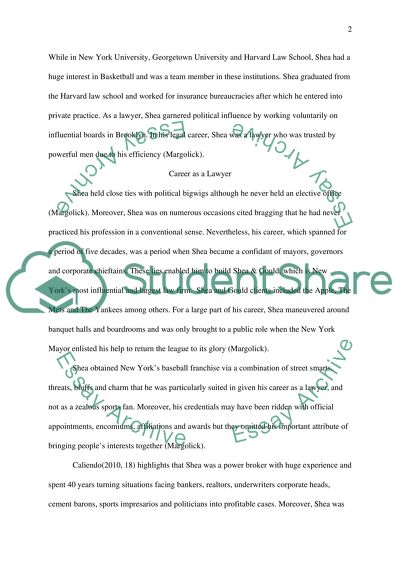Cite this document
(“William A. Shea and His Impact on New York Research Paper”, n.d.)
William A. Shea and His Impact on New York Research Paper. Retrieved from https://studentshare.org/history/1455579-william-a-shea-and-his-impact-on-new-york
William A. Shea and His Impact on New York Research Paper. Retrieved from https://studentshare.org/history/1455579-william-a-shea-and-his-impact-on-new-york
(William A. Shea and His Impact on New York Research Paper)
William A. Shea and His Impact on New York Research Paper. https://studentshare.org/history/1455579-william-a-shea-and-his-impact-on-new-york.
William A. Shea and His Impact on New York Research Paper. https://studentshare.org/history/1455579-william-a-shea-and-his-impact-on-new-york.
“William A. Shea and His Impact on New York Research Paper”, n.d. https://studentshare.org/history/1455579-william-a-shea-and-his-impact-on-new-york.


